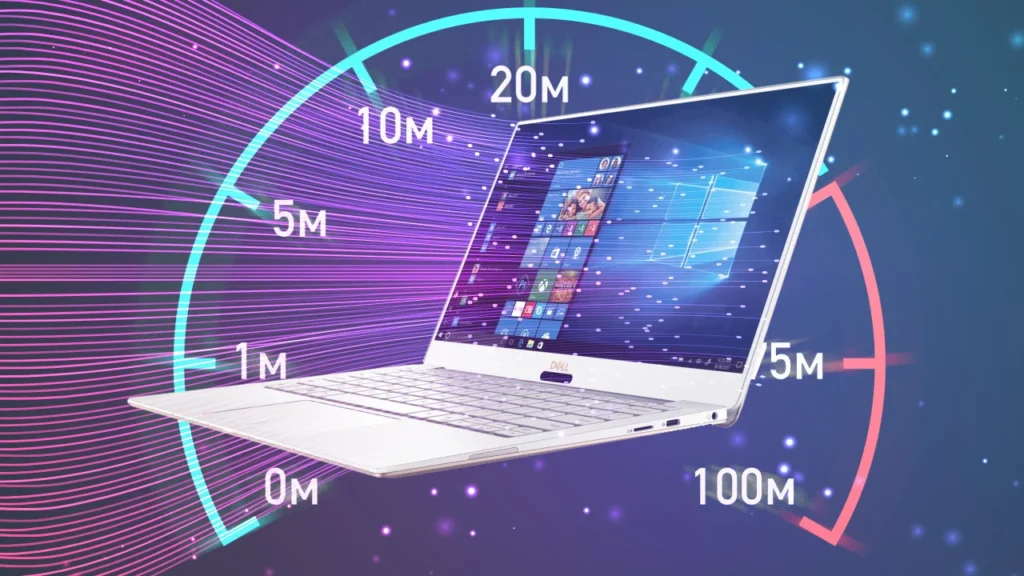
In today’s fast-paced world, a slow computer can be a significant hindrance. Fortunately, there are various tweaks and optimizations you can apply to your Windows operating system to enhance its speed and responsiveness. This comprehensive guide provides you with step-by-step instructions to make your Windows PC run like new.
1. Update Windows and Drivers
Keeping your system and drivers up to date is crucial for optimal performance and security.
Steps:
- Update Windows:
- Go to Settings > Update & Security > Windows Update.
- Click Check for updates and install any available updates.
- Update Drivers:
- Open Device Manager.
- Right-click on each device and select Update driver.
- Choose Search automatically for updated driver software.
2. Optimize Startup Programs
Excessive startup programs can significantly slow down boot times and overall performance.
Steps:
- Press Ctrl + Shift + Esc to open Task Manager.
- Go to the Startup tab.
- Right-click and disable unnecessary programs that you don’t need to start automatically.
3. Adjust Power Settings
Choosing the right power plan can improve your system’s performance.
Steps:
- Go to Control Panel > Hardware and Sound > Power Options.
- Select High performance.
4. Disable Visual Effects
Reducing or disabling visual effects can make your PC more responsive.
Steps:
- Right-click This PC and select Properties.
- Click Advanced system settings.
- Under the Advanced tab, click Settings in the Performance section.
- Select Adjust for best performance or customize which effects to disable.
5. Clean Up Disk Space
Removing unnecessary files helps your system run smoother.
Steps:
- Use Disk Cleanup:
- Search for Disk Cleanup in the Start menu.
- Select the drive you want to clean up.
- Check the boxes for the types of files you want to delete.
- Click OK and then Delete Files.
- Use Storage Sense:
- Go to Settings > System > Storage.
- Turn on Storage Sense to automatically free up space.
6. Defragment and Optimize Drives
Regularly defragmenting your hard drive can improve access speed.
Steps:
- Search for Defragment and Optimize Drives in the Start menu.
- Select the drive you want to optimize.
- Click Optimize.
7. Uninstall Unnecessary Programs
Removing bloatware and unused applications can free up system resources.
Steps:
- Go to Control Panel > Programs > Programs and Features.
- Right-click and uninstall programs you no longer need.
8. Adjust Virtual Memory
Optimizing virtual memory settings can enhance performance.
Steps:
- Right-click This PC and select Properties.
- Click Advanced system settings.
- Under the Advanced tab, click Settings in the Performance section.
- Go to the Advanced tab and click Change under Virtual Memory.
- Uncheck Automatically manage paging file size for all drives.
- Set the initial and maximum size according to your system’s RAM.
9. Use a Solid-State Drive (SSD)
Upgrading to an SSD can significantly boost your system’s speed.
Steps:
- Purchase and install an SSD.
- Clone your existing hard drive to the SSD using appropriate software.
- Set the SSD as the primary boot drive in the BIOS settings.
10. Install More RAM
Increasing your system’s RAM can greatly improve multitasking capabilities.
Steps:
- Check your system’s RAM requirements and purchase compatible RAM modules.
- Follow your PC’s manual to install the new RAM modules.
11. Regularly Scan for Malware
Malware can severely impact system performance.
Steps:
- Use Windows Defender or a reputable antivirus program to scan your system regularly.
- Ensure real-time protection is enabled to prevent infections.
12. Keep Your System Cool
Overheating can cause your system to throttle performance.
Steps:
- Clean your PC’s fans and vents regularly.
- Ensure your PC is in a well-ventilated area.
- Consider using additional cooling solutions if necessary.
By following these steps, you can significantly enhance the performance and responsiveness of your Windows computer. Regular maintenance and mindful usage are key to keeping your system running smoothly and efficiently.

